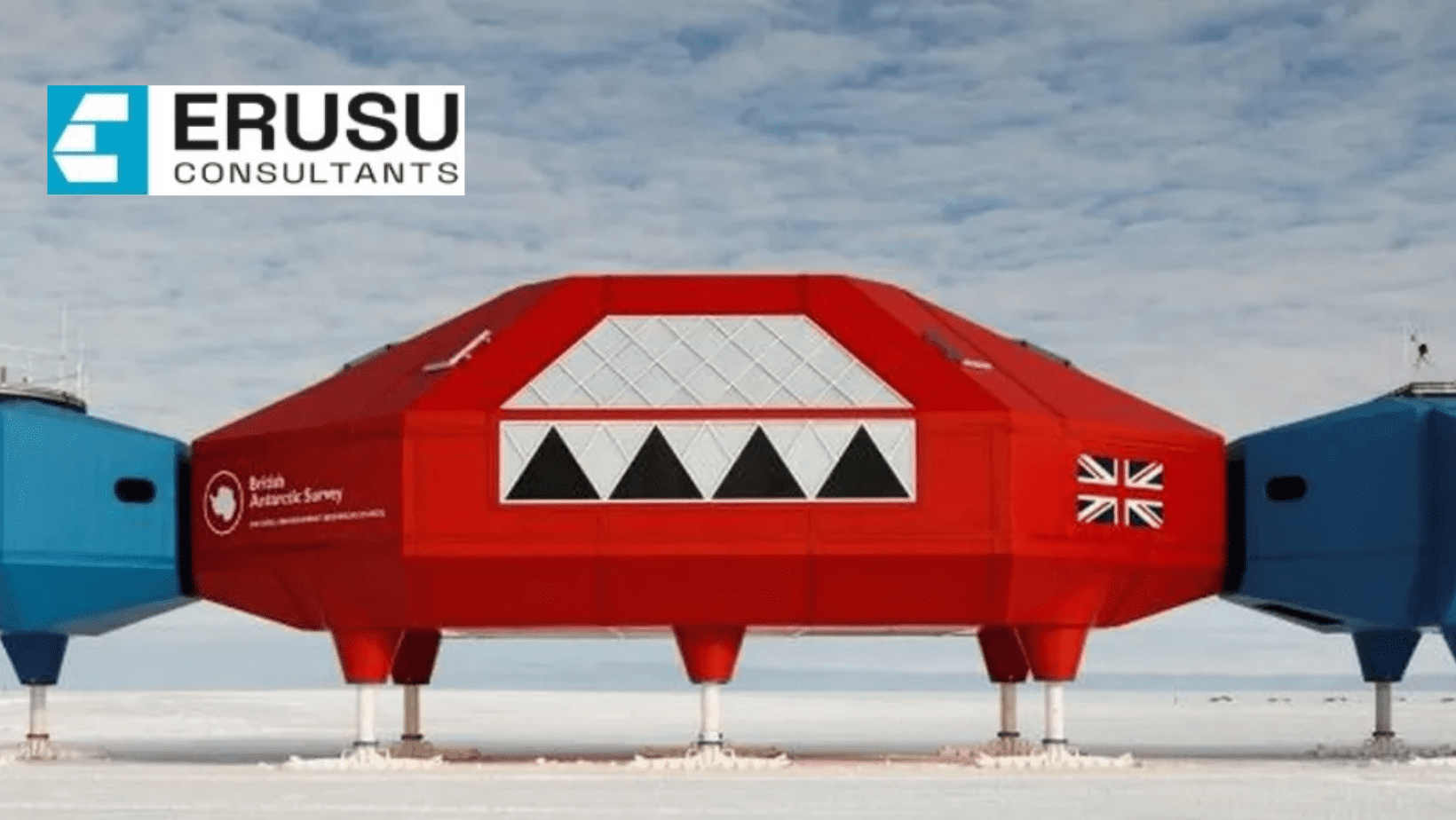Designing for Extreme Environments: Structural Engineering’s Frontier
Introduction:
In the ever-evolving field of structural engineering, the challenges presented by extreme environments have sparked a wave of innovation and exploration. From the freezing temperatures of polar regions to the scorching heat of deserts and the dynamic forces of hurricane-prone coastlines, engineers are navigating uncharted territories to create structures that can withstand the harshest conditions on Earth. This article delves into the complexities and triumphs of designing for extreme environments, exploring how structural engineering pioneers are pushing the boundaries of what is achievable in these challenging landscapes.
The Unique Challenges of Extreme Environments:
- Temperature Extremes:Extreme temperatures, whether hot or cold, pose significant challenges to structural integrity. In polar regions, where temperatures can plummet well below freezing, materials must withstand extreme thermal contraction and expansion. Conversely, in deserts or tropical climates, structures must endure prolonged exposure to intense heat.
- Corrosive Environments:Coastal areas with high salinity, volcanic regions, or industrial zones often expose structures to corrosive elements. Engineers must select materials and coatings that resist corrosion, ensuring the longevity of the structure despite the corrosive challenges presented by the environment.
- Dynamic Forces:Extreme environments are often synonymous with intense and dynamic forces. Coastal regions face the constant threat of hurricanes or typhoons, subjecting structures to powerful winds and storm surges. Earthquake-prone areas demand designs that can absorb and dissipate seismic forces without compromising safety.
- Isolation and Accessibility:Some extreme environments are remote and challenging to access, such as mountainous terrains or deep-sea locations. Designing structures that can withstand these conditions while also considering construction logistics becomes a unique challenge in itself.
Innovations and Solutions:
- Advanced Materials:The development of advanced materials, such as fiber-reinforced composites, has revolutionized the way engineers approach extreme environment challenges. These materials offer high strength-to-weight ratios, corrosion resistance, and durability, making them ideal for structures in harsh climates.
- Adaptive Architectures:Adaptive and deployable structures are becoming more prevalent in extreme environments. For instance, structures that can fold or adjust their shape in response to changing conditions, inspired by principles found in nature, allow for enhanced resilience against dynamic forces.
- Environmental Monitoring:Real-time monitoring systems equipped with sensors and data analytics play a crucial role in designing for extreme environments. Engineers can continuously assess structural health, predict potential issues, and implement preventive measures based on the data collected.
- Energy Efficiency:Structures designed for extreme environments often incorporate energy-efficient solutions. Passive design strategies, such as natural ventilation, solar shading, and thermal insulation, contribute to the sustainability and resilience of the built environment.
Case Studies in Extreme Environment Engineering:
- Icehotel in Jukkasjärvi, Sweden:The Icehotel is an iconic structure that is reconstructed annually in the extreme cold of northern Sweden. Engineers and architects use a combination of ice and snow to create a unique and temporary structure, showcasing the adaptability of design in frigid climates.
- Masdar City in Abu Dhabi, UAE:Located in the desert, Masdar City is designed to withstand extreme heat. The city incorporates sustainable technologies, including solar power and passive cooling, to create a habitable environment in one of the hottest regions on Earth.
- Kansai International Airport, Japan:Situated on a man-made island in Osaka Bay, this airport faced the challenge of being in a seismically active region. The engineers designed the airport with flexible foundations and base isolation systems to withstand earthquakes and ensure passenger safety.
Conclusion:
Designing for extreme environments pushes structural engineering to its limits, demanding creative solutions that blend innovation, resilience, and sustainability. The ongoing exploration of these frontiers is not just about conquering nature’s challenges but also about coexisting with the environment in a harmonious and sustainable manner. As engineers continue to push the boundaries, the lessons learned from designing for extreme environments contribute to the broader field of structural engineering, influencing how we approach challenges in various landscapes and ensuring that our built environment remains resilient in the face of nature’s extremes.






